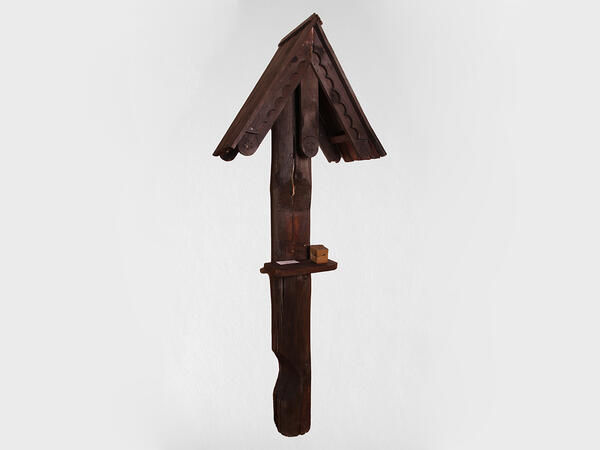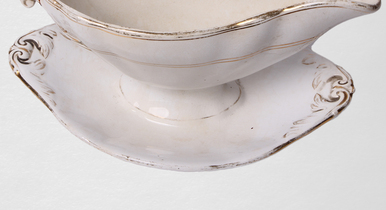The Siberian Route was an overland route from European Russia to Chinese borders through Siberia. Its construction began in 1730 and ended only in the middle of the 19th century. The route greatly influenced the development of the settlements around it, including the town of Mariinsk.
At first, travelers, who were attracted by new lands, and workmen, looking for a living, moved along the route to Siberia. And then it was used to send convicts into exile in remote areas of Siberia. The entire route was divided into equal segments. Prisons intended for the temporary custody of convicts were built at a distance of about 20–30 km from each other. Each stockade had a special team of an officer and soldiers. After escorting exiles to the next stockade, they would go back.
The journey to detention facilities was long and hard. For example, the transit from Saint Petersburg to Irkutsk could last about two years. Convicts went to their prisons shackled. Several people were attached to one iron rope. Blacksmiths worked at prisons: they removed the shackles or shackled people if needed.
The convicts often died on their way. To help the deported people in any way possible, the locals started to install wooden posts with a small gable roof and a shelf on the roadside. There, they left food for the convicts. The museum houses such a post made in the 19th century.
By the early 18th century, there were around 25 thousand convicts, and a hundred years later, their number rose to 300 thousand. People started to call the route ‘a Siberian Calvary.’ In the 19th century, Mariinsk became one of the places of exile in Siberia, and from 1929 to 1960 — the capital of Siberian camps. Many political prisoners served their sentences in the Siberian camp, including a famous singer Lidia Ruslanova.
More than 10 years ago, seven gifting posts with a height of about 2 meters were made in Mariinsk. They were installed in the historic sites of the town and accompanied by signs which reminded about the mercy of residents towards prisoners.
At first, travelers, who were attracted by new lands, and workmen, looking for a living, moved along the route to Siberia. And then it was used to send convicts into exile in remote areas of Siberia. The entire route was divided into equal segments. Prisons intended for the temporary custody of convicts were built at a distance of about 20–30 km from each other. Each stockade had a special team of an officer and soldiers. After escorting exiles to the next stockade, they would go back.
The journey to detention facilities was long and hard. For example, the transit from Saint Petersburg to Irkutsk could last about two years. Convicts went to their prisons shackled. Several people were attached to one iron rope. Blacksmiths worked at prisons: they removed the shackles or shackled people if needed.
The convicts often died on their way. To help the deported people in any way possible, the locals started to install wooden posts with a small gable roof and a shelf on the roadside. There, they left food for the convicts. The museum houses such a post made in the 19th century.
By the early 18th century, there were around 25 thousand convicts, and a hundred years later, their number rose to 300 thousand. People started to call the route ‘a Siberian Calvary.’ In the 19th century, Mariinsk became one of the places of exile in Siberia, and from 1929 to 1960 — the capital of Siberian camps. Many political prisoners served their sentences in the Siberian camp, including a famous singer Lidia Ruslanova.
More than 10 years ago, seven gifting posts with a height of about 2 meters were made in Mariinsk. They were installed in the historic sites of the town and accompanied by signs which reminded about the mercy of residents towards prisoners.



